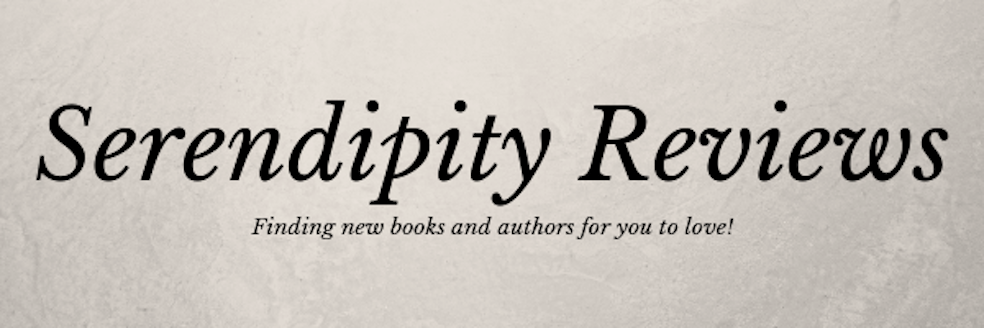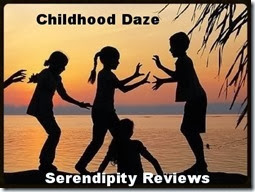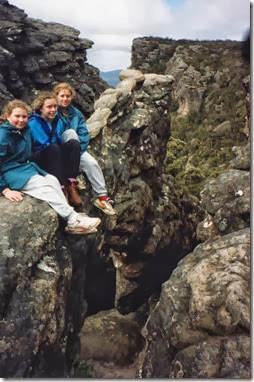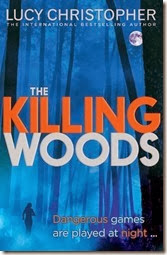As part of the Killing Woods blog tour, I am pleased to welcome Lucy Christopher onto the blog to tell us all about her Childhood Daze.
By the time I was nine years old, I had already lived in three countries (one of them twice) and in seven houses. My mother and new stepfather were moving from a small town in South Wales to Australia, where I had lived previously with my parents when I was a few months old. I did not want to go. I remember feeling awkward and disjointed, cowering in the hot sun of an Australian summer playground. I remember photographs taken of me by my new teachers on my first school camp: I am standing to one side of a group of grinning blonde girls, my body hunched over and uncomfortable in front of thick Australian bushland. These photographs have been lost in the many house moves my mother and I have done since, but I can remember the sentiment they portrayed to me. They are sad images of a lost child in an unfamiliar landscape.
Perhaps due to a kindly school librarian, or because of a deeper subconscious urge to fit in, during those first years I read a lot of Australian stories. I raced through Mitchell’s The Silver Brumby series (1958 – 2003), Turner’s Seven Little Australians (1894), Gibbs’ Snugglepot and Cuddlepie (1918), and the adventure books of Southall such as Josh (1971) and Ash Road (1966). I absolutely adored Marsden’s powerful Tomorrow When the War Began series (1993 – 1999). In hindsight, I see that these are all texts very much concerned with Australian land. Texts where young people either take refuge in a wild space, or battle against it.
I’m convinced that this early reading helped to shape who I would later become as a writer: a writer absolutely committed to portraying strong, evocative and realistic wild settings. There is no doubt that my early reading helped shaped me as a writer of Stolen (my first novel, set in the Australian outback) in particular – a book where the setting is key for helping to portray the novel’s central questioning about ideas of freedom and entrapment.
The Killing Woods, also, was undoubtedly influenced by novels I read early on. I remember being rather affected by the portrayal of the woods in Lewis’ Narnia series: where the woods are portrayed as simultaneously cold and menacing and yet also life-giving and golden: a place where Aslan is killed yet also resurrected. My parents read me The Lord of the Rings shortly before I started high school: the scary Mirkwood Forest and the beautifully peaceful woods in Galadriel’s forest made me even more intrigued as to the power of woods in fiction. I hope that within The Killing Woods, my woods function as a setting both scary and beautiful, life giving and yet dangerous.
Without my early reading, I’m sure I wouldn’t be a writer. I certainly wouldn’t be a writer for teenagers, or a writer so concerned with portrayals of wild place. Books saved me as a young person: they helped me to fit in, and they helped me to learn about the new world I had moved to. It is beautifully cyclical that they have now become my career.
The Killing Woods is published by Chicken House in October. To read our review, please click here.
To find out more about Lucy Christopher:





I'm reading Stolen at the moment and really must find Lucy Christopher's other novels! Great post :)
ReplyDelete